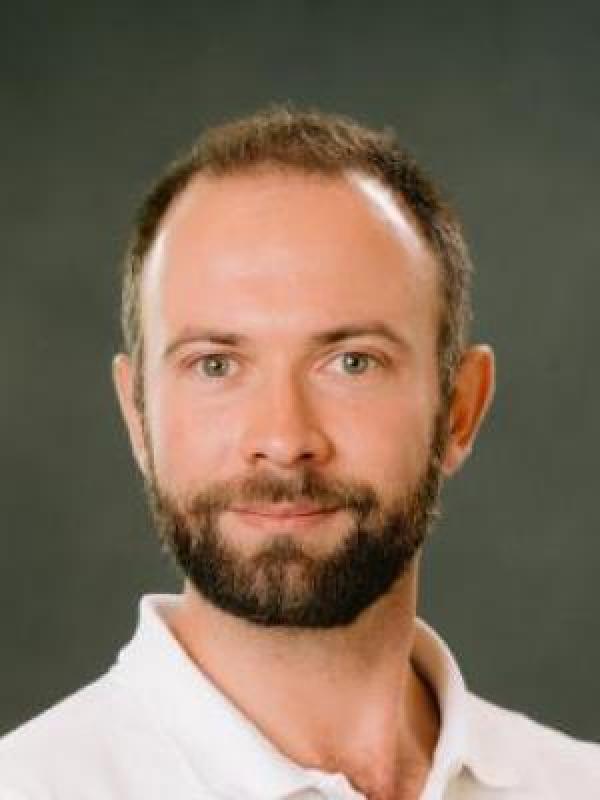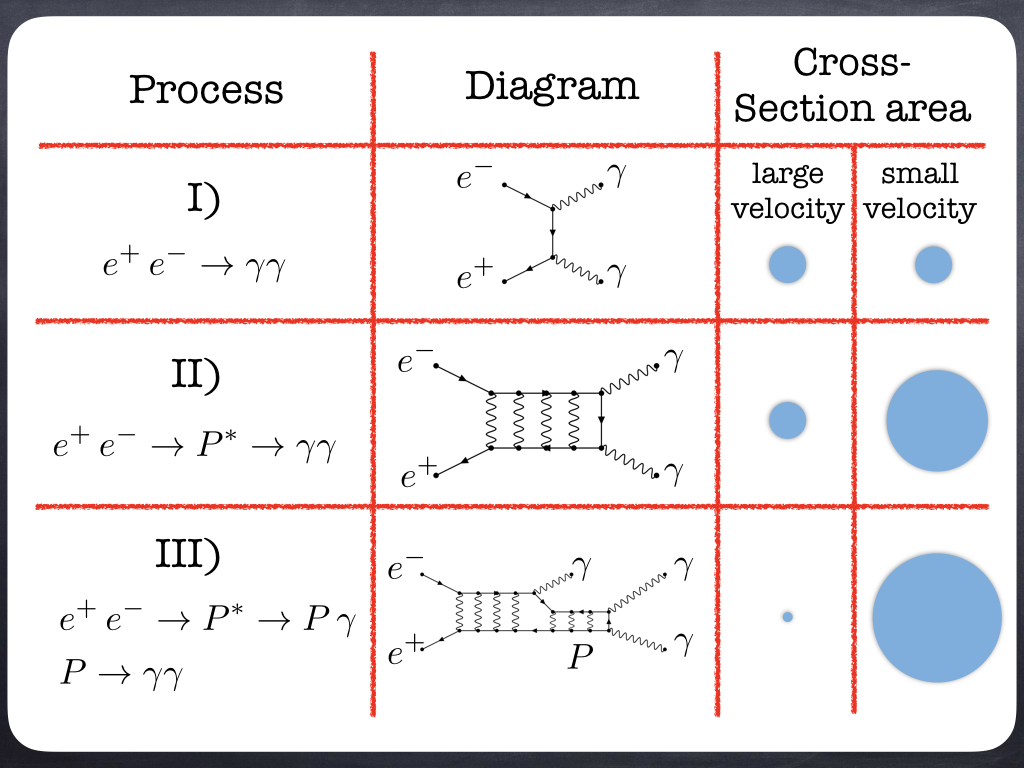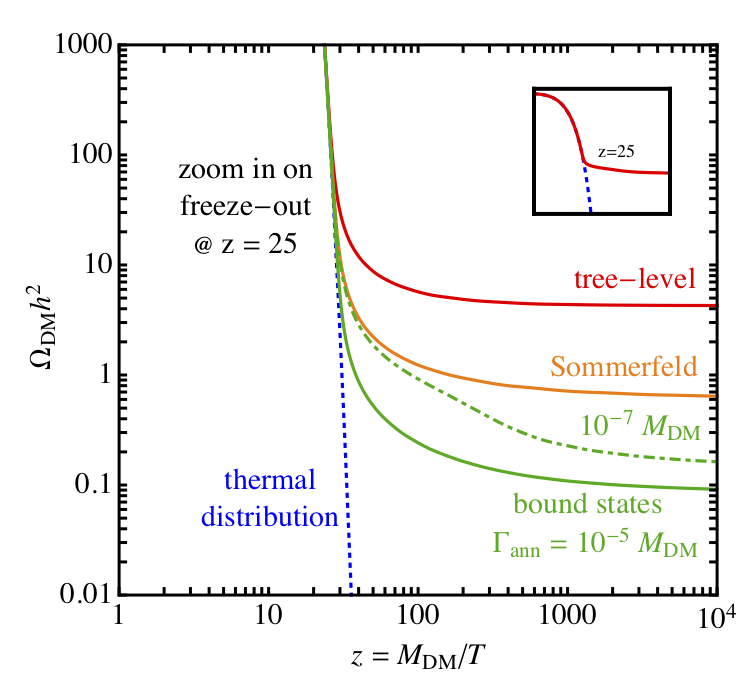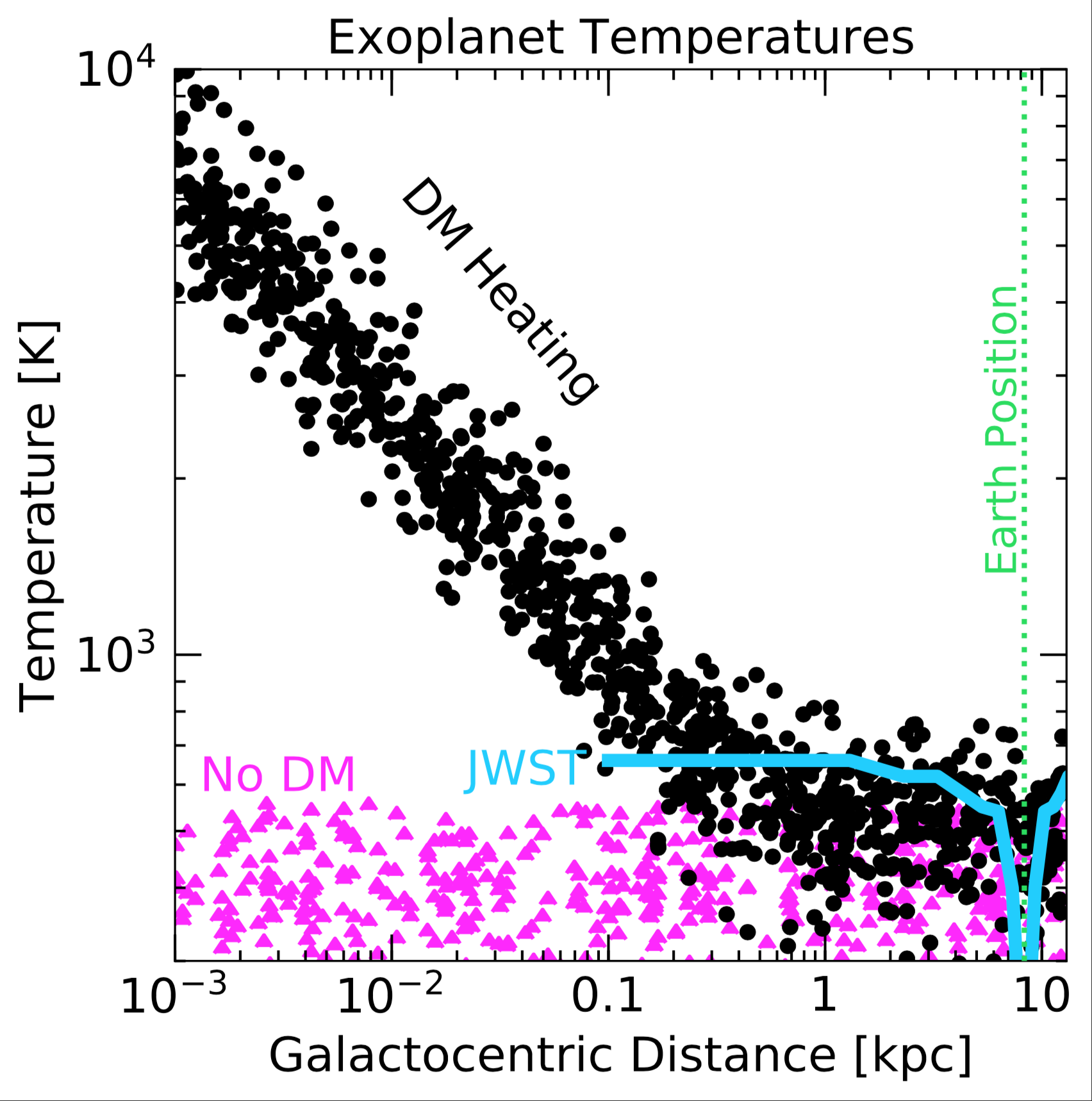Experienced, versatile particle theorist and cosmologist.
Work spans from formal theory to phenomenology, with connections to experiment, gravity, astrophysics, and atomic physics. At the moment my main focus is Dark Matter, especially as part of dark sectors that are complex like the standard model. I am also interested in fromal aspects of field theories, such as bigravity, and remain interested in neutrino physics.
Recently, I have focused on studying light Dark Matter candidates and new strategies to search for them. Have a look at my latest articles to find out more. For a video summary of my work on light Dark Matter in Exoplanets visit my Twitter profile.
Currently, I'm a Researcher at the OKC Particle Physics Center at Stockholm University. What happened before, you can find in my short curriculum vitae.

I am an astroparticle physicist, focusing on dark matter
research, that definitely includes strong, black coffee.
The phenomenon called "dark matter" is the only hard evidence we have, that there is new physics, not yet known to us. While many problems in theoretical physics exist, which are based on aesthetic arguments, we have clear observational evidence that the universe contains an unknown substance.
Those observations are measurements of velocities of stars and galaxies, building up evidence for missing mass since the 1930s. More recently tiny inhomogeneities in the
cosmic microwave background radiation confirm this story. Thus, providing evidence for missing mass, from entirely different mass and length scales.
I work on complex phenomena in the dark sector, which can explain the observational discrepancies. For example, I research bound-state formation in the dark sector, which can strongly affect dark matter production, see Figures on the right.
In addition to theoretical models, I consider experimental data and work on strategies to systematically test different dark matter production hypotheses.
If you want more details, here is an overview of my publications.


I am passionate about communicating my work to students and the public. Because my research is publically funded, because people should know what we do and because it's a ton of fun. Have a look here for recent outreach events.
I'm also happy to discuss physics questions or give advice if you are interested in learning more about our field.
If you want fresh high-energy/astrophysics preprints, here is a weekly selection of recommended articles. We run a weekly Journal Club based on these papers at the Center for Cosmology and Astroparticle Physics at OSU.
For an introduction to the research field, have a look at my lecture series on the introduction to Astroparticle Physics. The technical level is for physics undergraduate students.

Some of my research received media coverage and is well explained in non-technical terms following the links below.
For example, new particles in nature might have qualities, similar to the mediator of our gravitational force, the graviton. If they exist, we could find them by observing gravitational wave oscillations.
Those particles would indeed affect the way gravity acts at large scales and even affect our interpretation of the dark matter phenomenon. On the other hand dark matter, itself might behave in a very unexpected way and even be composed of particles interacting via the strong nuclear force, as we have recently demonstrated.
The Figure on the right shows dark matter particles, made of color charged components, which annihilate via rearrangement.
One of my latest projects, which I am very enthusiastic about, is the search for dark matter using exoplanets and looking for a position dependent anomalous heating signature. Read more about the idea in: Livescience, Science Magazine or WIRED.
